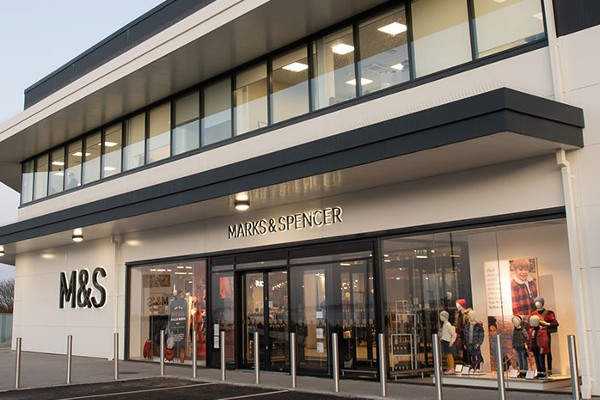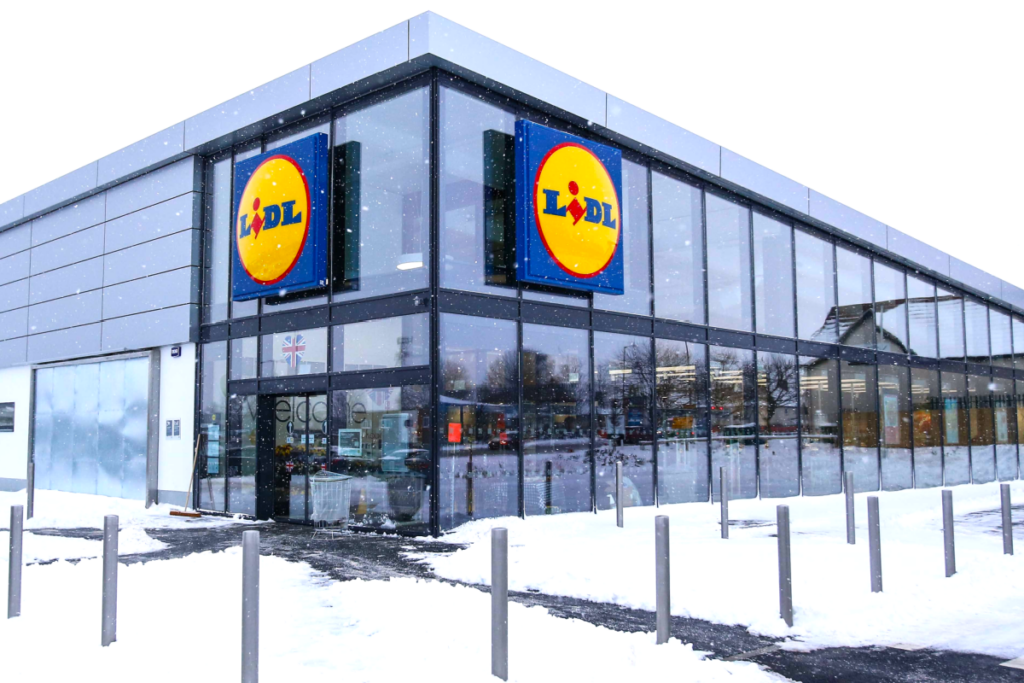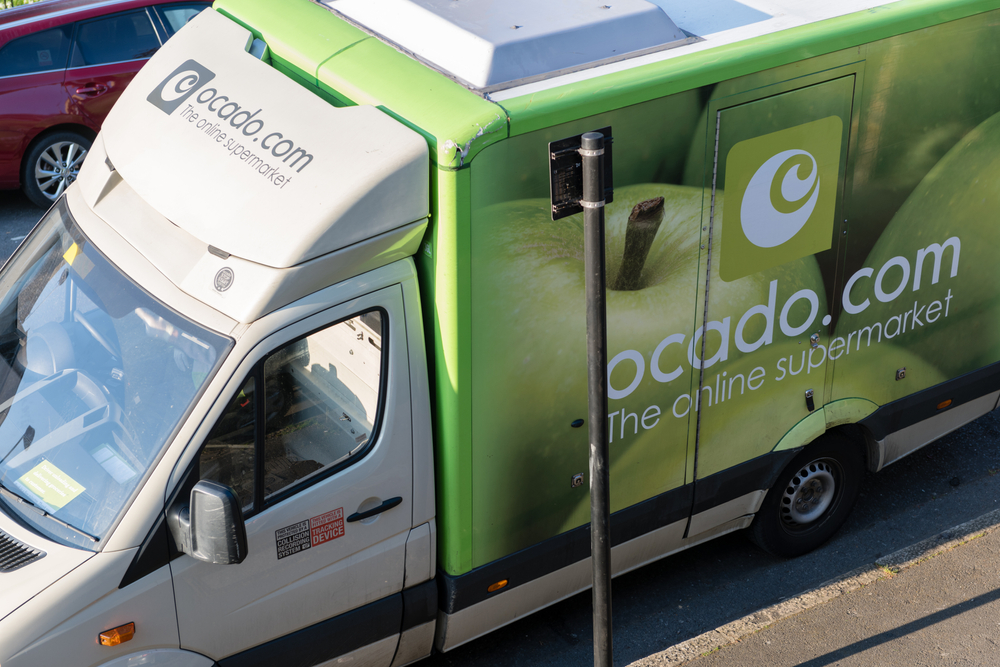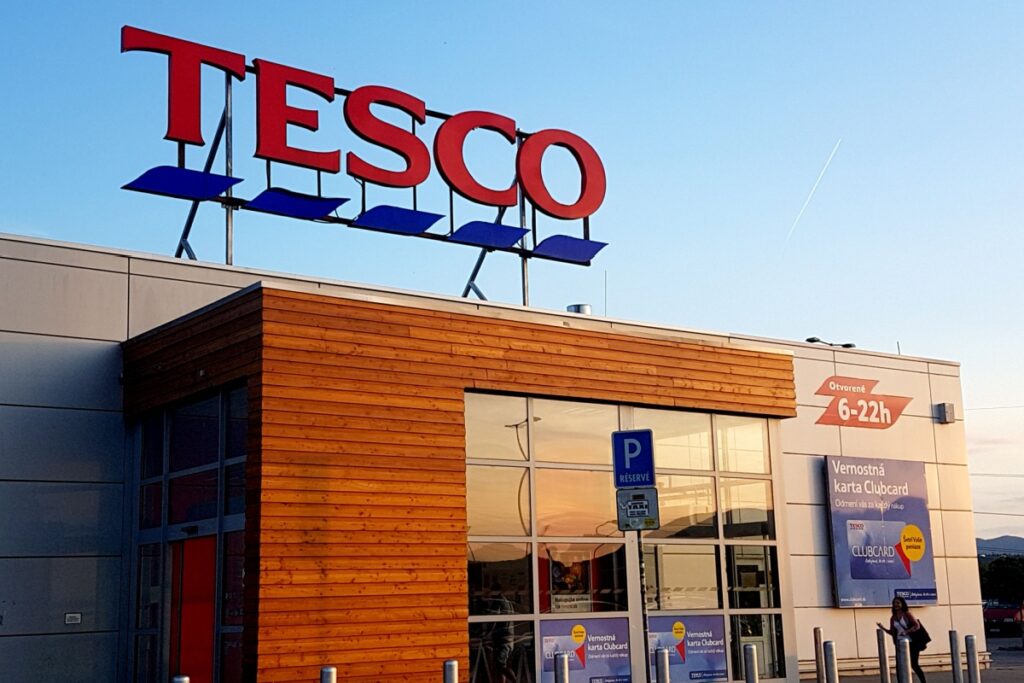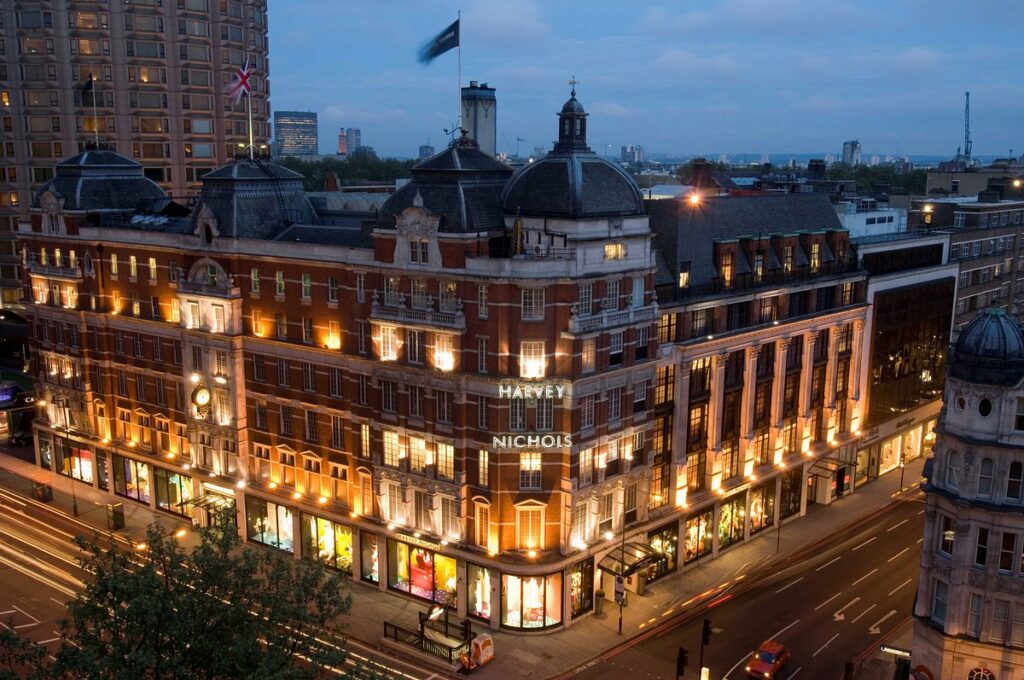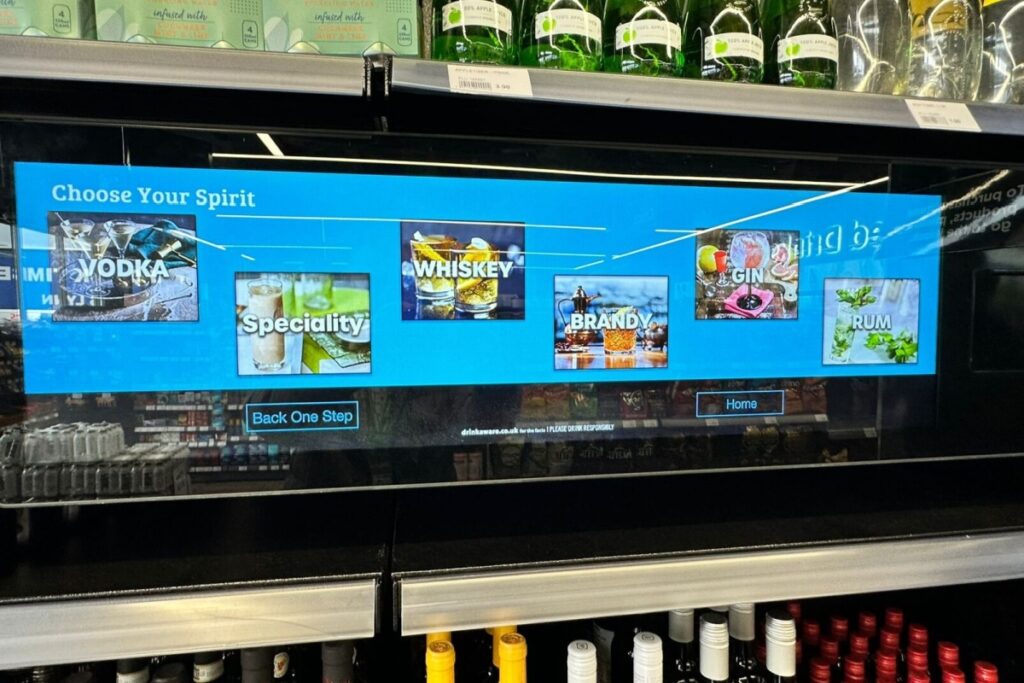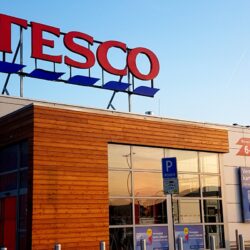Marks & Spencer unveiled a robust set of results this week, growing sales in both food and clothing and beating expectations despite soaring inflation.
The 139-year old British retailer is a stalwart of the high street, long known for its good quality wardrobe basics and its tasty food that feels like a treat.
Now, the business is looking to bring its magic into the present day.
Chief executive Stuart Machin says his mission is to “protect the magic of M&S, our exceptional product, trusted brand and strong values whilst modernising the rest of the business.”
So, what is his plan?
Food
Value is the core focus of its food business.
Machin says: “Throughout history, trusted value has always been the core to the M&S offer, we can’t forget how our business started with the slogan ‘don’t ask the price – it’s a penny.'”
M&S Food has worked hard in recent years to ensure that its food business is a place of “trusted value”.
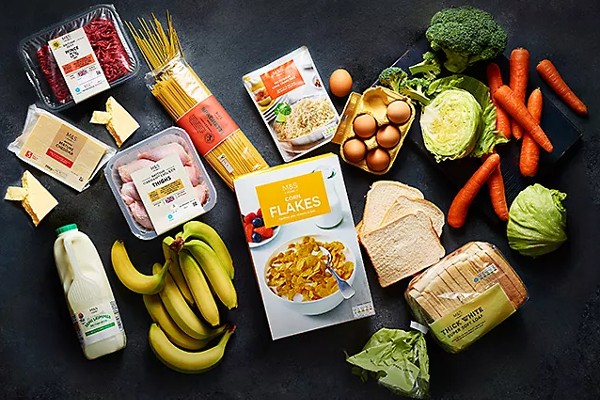
This has seen it reduce the volume of promotions and become more competitive at opening price points. This has understandably ramped up amid the cost-of-living crisis, where it has sharpened the prices of more than 100 ‘Remarksable value’ lines and price locked around 150 everyday family favourites.
All of this is paying off. Food sales jumped 8.7% to £7.22bn, with like-for-likes up 5.4%, as it said it “outperformed the market on both value and volume”.
Machin said customer perception for both quality and value was at its highest for six years as its “investment in trusted value really paid off”.
Sales of its value Remarksable range were up 40% and features in more than 20% of customer baskets.
“As we invested in value we’ve been encouraged by the volume numbers”
The retailer is working to further build its reputation for value.
Last month, it extended its price lock promise for the third time on over 100 customer favourites until the summer. Price lock sales rose 25% over the year.
With food prices in the UK still rising at their fastest rate in nearly 45 years despite inflation easing, Machin stresses that the business is absorbing the higher costs where possible and says “we’re trying to protect quality but invest in value”.
“As commodity prices come down of course we’ll pass that on immediately. Protecting value will help our top line sales number and does translate to the bottom line.”

However, it’s success in food goes beyond value. The retailer has long been associated with quality and product innovation and that is also helping drive growth.
M&S said that has helped to increase sales, particularly in fresh categories across the year and in ambient products over key events such as Christmas, Valentine’s Day and Mother’s Day. In fact, event food sales grew by around 20%.
The retailer had strong seasonal launches such as its ‘master grill’ range for summber barbecues and Limited Editions for key events.
In a testament to its quality, M&S picked no fewer than 200 ‘tried and tested’ awards from titles such as Good Housekeeping, which it said reflected the programme of quality upgrades across its food business.
Clothing
Clothing, which has long been M&S’ problem child, notched up 11.5% sales growth – 11.2% on a like-for-like basis.
Machin says in recent years, its “reshaped buy”, which includes slashing the number of options, streamlining its ranges and merchandising product better.
He said this has enabled M&S “to buy deeper in core lines and give our customers better value and better availability”.
It has invested in categories that drive style perceptions and has focued on the “modern mainstream customer”.
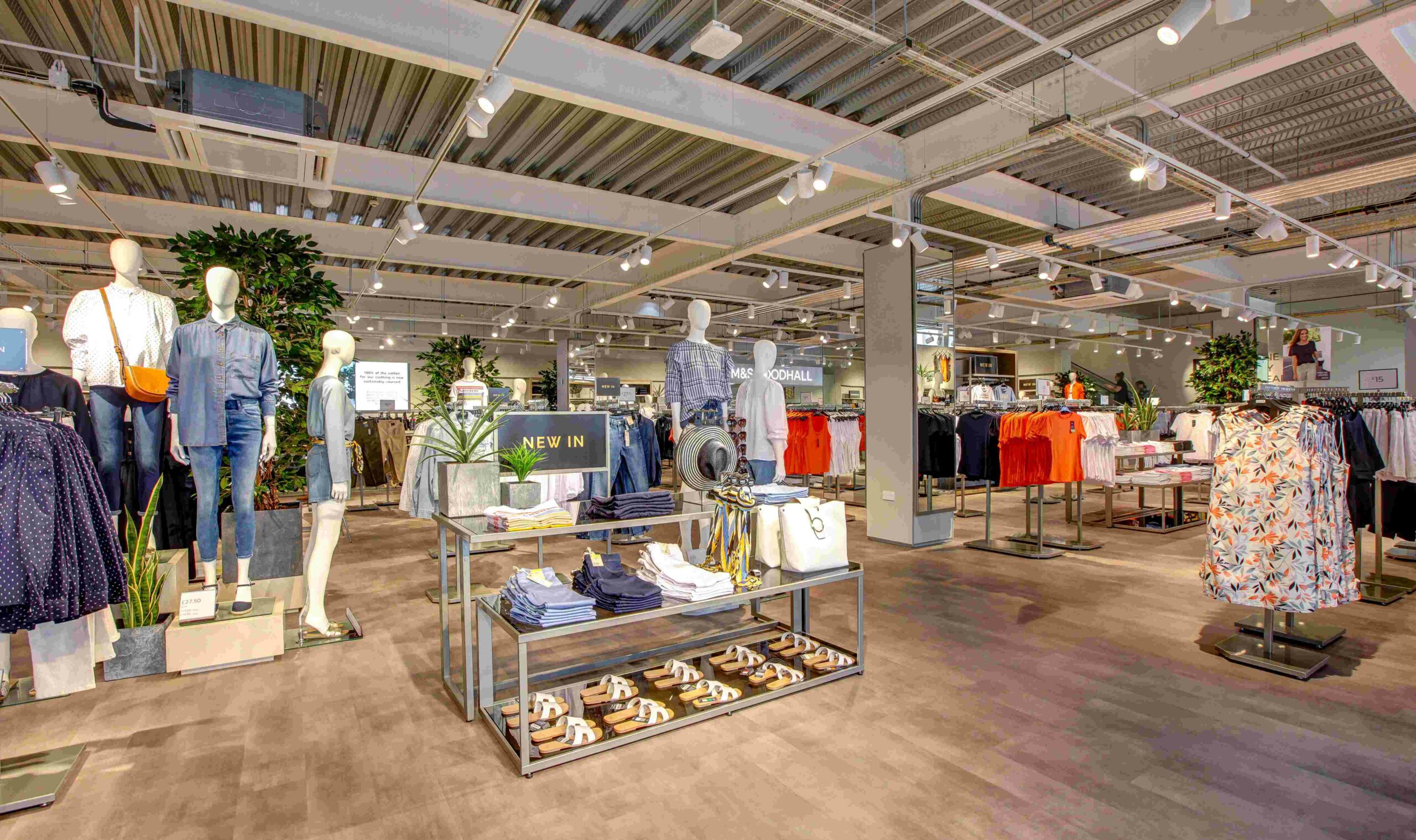
Machin calls dresses a “standout example where we’ve modernised our designs and made better use of short lead times supply routes” with casual dress sales up 40%.
Throughout the year the business has continued to increase the number of third-party brands it sells to 100 from 60, with hopes it will significantly boost sales as it looks to offer more high-street brands in a bid to entice shoppers away from high-street rivals Next and John Lewis.
Machin said over 20 new partners joined during the year as well as citing the launch of The Sports Edit on its website as it continues its investment into growth categories.
As customers made the most of events like weddings and holidays the retailer saw “good growth” in autograph ranges, where its nearly up 14% and 60% across women’s and menswear.
The business also saw “strong growth in smart categories “as people returned to the office.
Value has also been critical for the retailer and the retailer has introduced “clearer price points”.
It said it had “retained its strength in less discretionary categories and protected value on products that mattered most to our customers”.
M&S locked prices once again on its back to school range which saw sales lift 3% year on year.
Online
A key focus of modernising the business is focused on digital.
The retailer wants to increase online sales participation and achieve a better margin for online.
It aims to grow this through increased online growth through increased frequency and spend and using its store for convenient click-and-collect.
At a time when many retailers’ online sales are going backwards after the highs of the pandemic, M&S notched up a 4.8% uplift online, which it said was driven by its improved proposition, with a 20% jump in click-and-collect sales.
Despite its aims to grow online margin, it actually reduced from 9.1% to 5% over the year, which M&S said was expected as sourcing cost pressures and its investments in initiatives to drive future online growth took its toll.
In terms of its priorities for the digital side of the business co-chief executive Katie Bickerstaffe says “making sure we get our active app users growing is very, very important”.
Its app currently has 4.3m users, with active users up by a third. The retailer calls the app its “most valuable channel” with a third of orders coming via it.
Bickerstaffe sa tyshe retailer’s second priority is to improve the user experience on the app, through better digital imagery, a quicker and slicker customer journey, and better functionality.
M&S is also working on a universal app single sign-in for all areas of the business “whether that’s banking services, your Sparks membership, or dot com.”

She said bringing all the areas together makes “it very easy for customers”.
Bickerstaffe admits: “We’ve got some scary three year targets for the use of the app and the amount of sales that we take through the app. And I’m pretty confident we’ll get to those numbers.”
Stores
A key part of modernisation is in M&S stores. The retailer has been right-sizing its portfolio through its store rotation plan, however, it is investing in both new stores and refitting existing stores.
M&S revealed plans earlier this year to expand its store estate, investing £480m into opening new stores, with 20 “bigger, better stores” planned for 2023/24.
Each store has been designed with local families in mind, with wider aisles featuring fresh market-style food halls stocking the full M&S food range, spacious clothing, home and beauty departments, brand-new M&S cafes and free car parking.
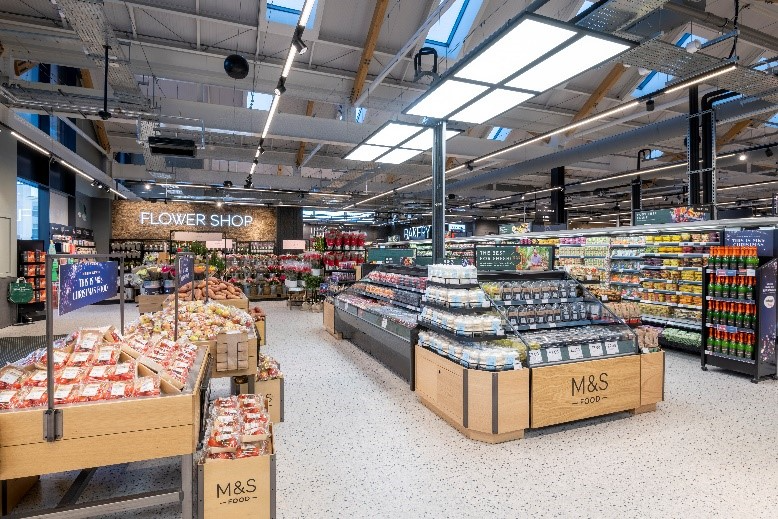
READ MORE: In pictures: M&S opens new concept store in Stevenage
M&S also revealed it will launch 800 more self-checkouts across food, clothing and home. Machin says that 70% of its food transactions already go through self-checkout.
He says the checkouts “should provide better service at a more efficient operation”.
Machin explains that the self-checkouts take out less space than manned alternatives.
He says the retailer can get four or five self-scan checkouts in the space of one manned checkout and can use space much better, “especially as we’re trying to renew our stores and create more space”.
There retailer is also trialing a full-belted self-checkout.
What’s next?
Machin’s plan is already gaining traction but it’s still in its early stages.
He says: “One year in, our strategy to reshape M&S for growth has driven sustained trading momentum, with both businesses continuing to grow sales and market share.”
The retailer has set a target of achieving 1% growth in market share in both clothing and food. It wants to bring its operating margin up to 4% in food and 10% in clothing over the next five years.
Whilst growing margin in a year in which inflation has spiked to the highest levels in almost 50 years has been a challenge, the retailer is growing share on both sides of the business, which is no mean feat.
M&S seems to be on the right track and looks well positioned to grow not just share but profitability when inflation finally subsides.
Click here to sign up to Retail Gazette‘s free daily email newsletter

